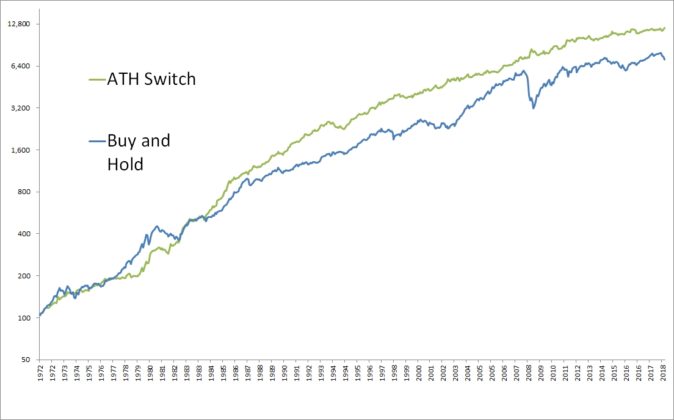Telefónica ha publicado resultados con un beneficio récord de 7743 millones de Euros en el segundo trimestre de 2021, principalmente gracias la venta de Telxius en Latinoamérica a American Tower Corporation y a la fusión de O2 y Virgin Media. Sus ingresos han caído un -3.6% en interanual y su deuda se reduce en 11 mil millones de Euros hasta los 26.2 mil millones de Euros a Junio 2021.
En cuanto a sus objetivos para este año se mantienen sin muchos cambios, con una estabilización o ligero crecimiento de los ingresos y el OIBDA. Además confirman el dividendo de 0.30 euros por acción para este 2021.
Sin embargo, desde un punto de vista técnico, a su acción le queda todavía un largo recorrido para romper la tendencia bajista que mantiene desde los máximos alcanzados a finales de 2007. Ahora mismo se encuentra en la mitad de su canal bajista de largo plazo, y sólo la superación de los 7.5 € por acción implicaría una ruptura de dicho canal bajista. Además, dado los mínimos alcanzados en 2020, este nivel de 7.5€ corresponde con una recuperación del 23.6% de toda la caída y además fue soporte en 2012 y 2016.
A más corto plazo, la ruptura de los 5 € por acción le podría dar fuerza para intentar atacar la directriz bajista de largo plazo y la resistencia de los 7.5 €. Mientras no supere los 5 euros por acción, mejor estar fuera.









